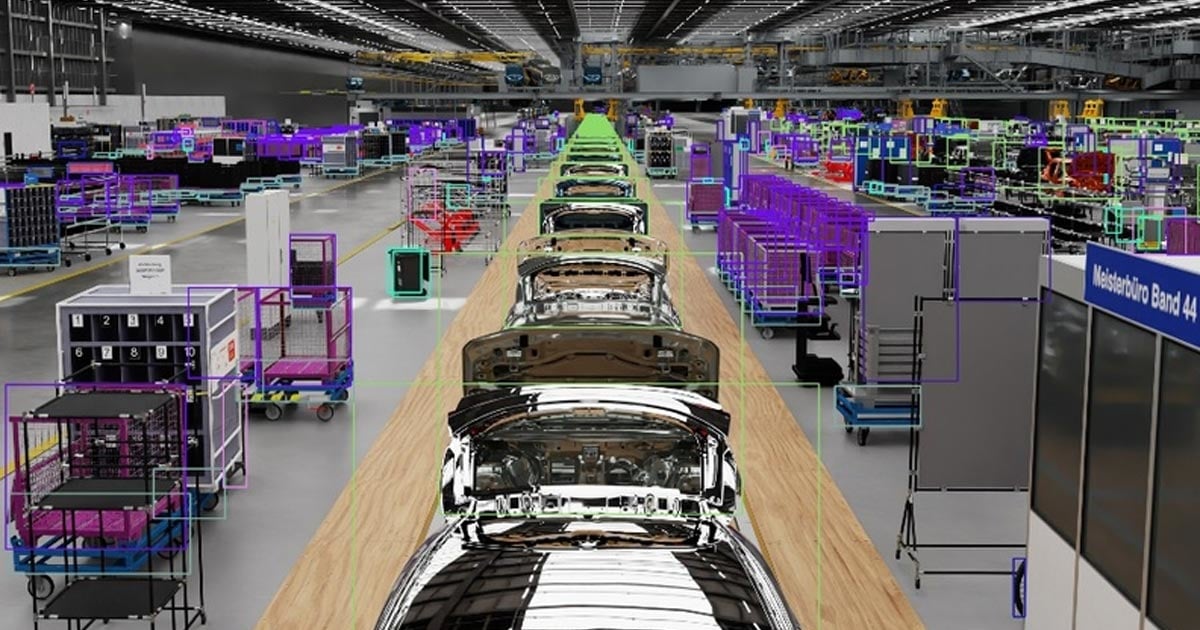
MUNICH — Automakers are racing to expand and reconfigure their global factory footprint as the industry pivots from fossil fuel to battery power.
Electric vehicle juggernaut Tesla erected three gigafactories across three continents in about three years.
The mission to add capacity is vital because carmakers cannot sell what they don’t have. The question is: Can it be done faster?
BMW Group now plans to slash the time it takes to build a new factory by 30 to 40 percent, the automaker’s production boss Milan Nedeljkovic told Automotive News ahead of this month’s Munich auto show.
Depending on the country, he said, the preliminary work of planning a new assembly plant can take 12 to 24 months, and the actual construction adds another year or two.
Nedeljkovic said of the whole plant construction process: “If we can reduce [the planning portion of a project] from 24 to 12 [months], you’re talking of three years down to two.”
As BMW maps out new global plant capacity to produce a wave of next-generation vehicles, it has turned to Silicon Valley to bring its factories online faster.
The German luxury marque joins peers Mercedes-Benz, Toyota and others in partnering with chipmaker Nvidia to plan real-world factories in a virtual world.
Nvidia’s Omniverse platform will allow BMW to create a “digital twin” of its assembly plant in Debrecen, Hungary, where the automaker will build full-electric cars on the Neue Klasse platform starting in 2025.
Factory planners can use the digital blueprint to test-fit a piece of tooling, integrate robots into the assembly process and improve human ergonomics. Construction has begun at the Debrecen factory, which BMW said is its first plant that will be virtually planned and validated.
Nedeljkovic said the partnership “combines BMW’s industrial engineering know-how and Nvidia’s computing know-how.”
The automotive technology supplier Nvidia has its roots in designing graphics processing units and software for the gaming industry. The firm knows how to “link thousands of people into one virtual world,” enabling them to communicate and collaborate in real time, Nedeljkovic said.
Meanwhile, BMW now has thousands of factory planners worldwide working on assembly layouts, robot simulations and other systems.
Planners use a digital twin to map out a factory’s plumbing and HVAC systems before the first concrete gets poured. Suppliers also plug into the virtual world to collaborate on the assembly line workflow.
“Our planners worldwide are working in one virtual factory and optimizing the process,” Nedeljkovic said. “You see the problems … in the virtual world, you solve them, and off you go,”
Richard Kerris, vice president of Omniverse platform development at Nvidia, said a true-to-reality digital twin can give an automaker “superpowers.”
“When you have a digital twin, you can do things in the virtual world before the costly commitment to doing it in the physical world,” Kerris told Automotive News Europe.
According to industry experts, digital twins can shorten the time to market by 20 to 30 percent, improve quality by 20 percent and increase resource efficiency by up to 40 percent.BMW also uses digital twin technology at its U.S. assembly plant— the automaker’s largest globally. The 8-million-square-foot industrial operation in Greer, S.C., is undergoing a billion-dollar retooling for EV manufacturing.
Bringing factories online faster reduces costs and increases automakers’ flexibility in meeting market demand.
“The longer it takes, the more expensive it gets,” Nedeljkovic said.
Automotive News Europe contributed to this report.